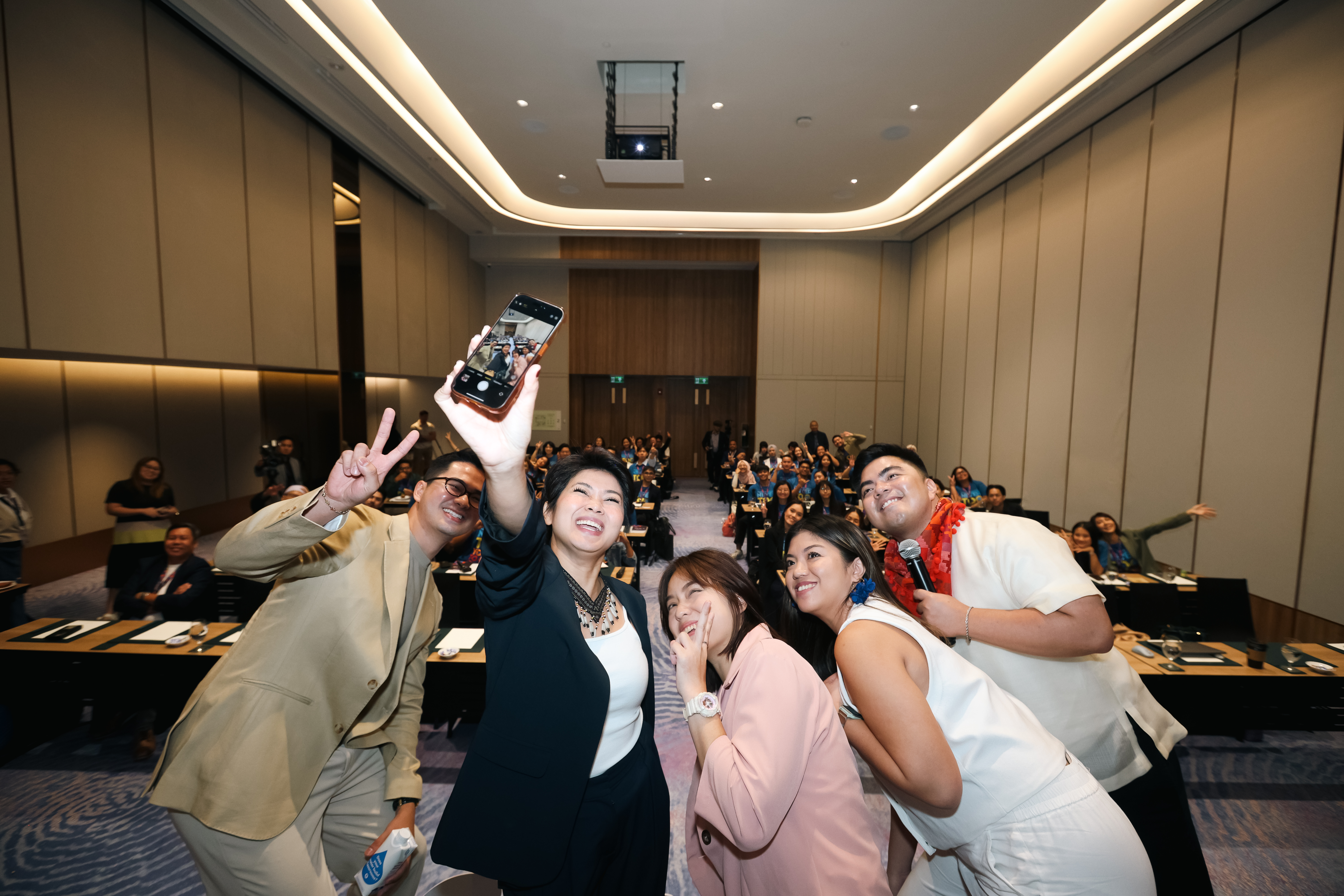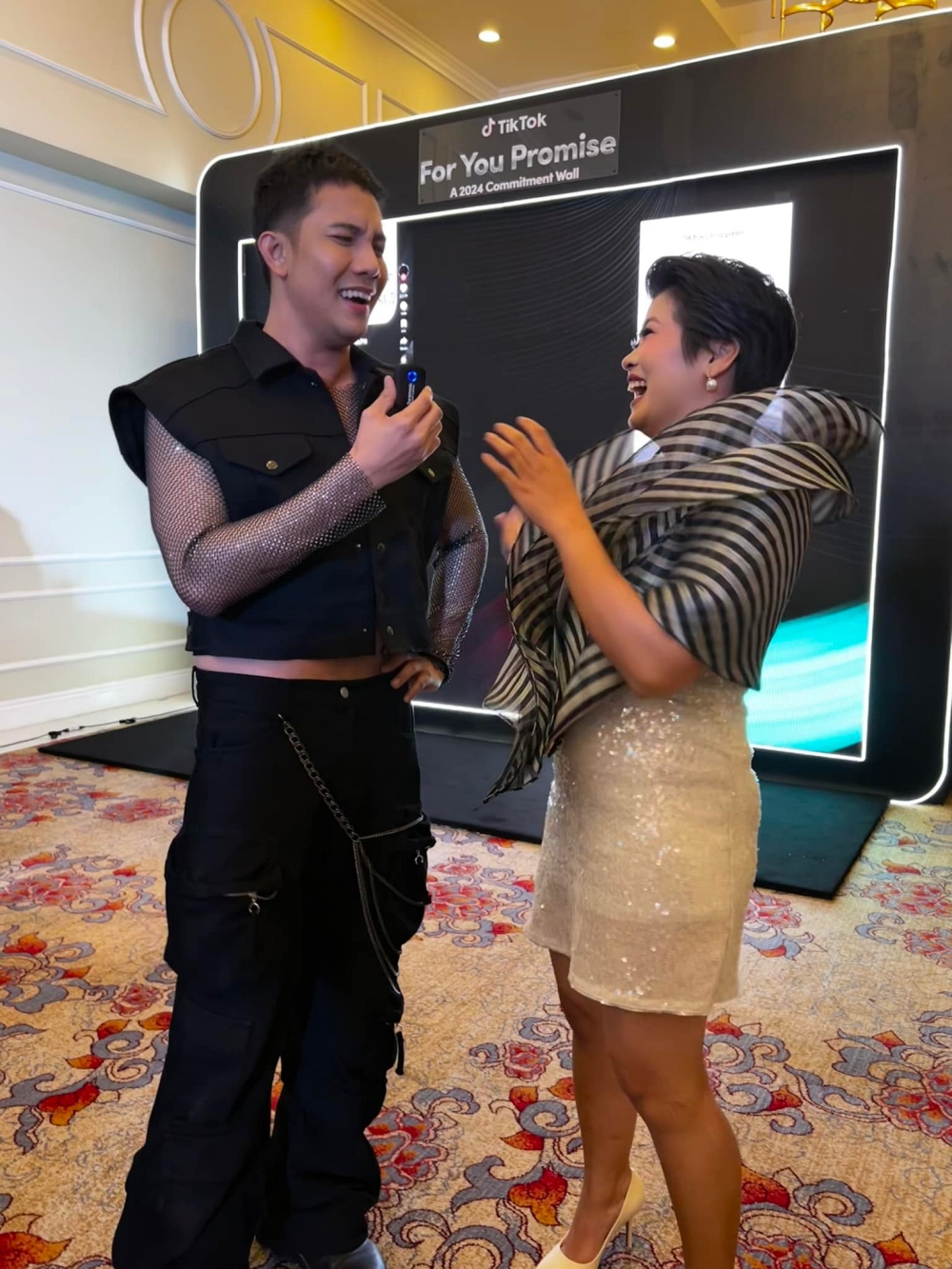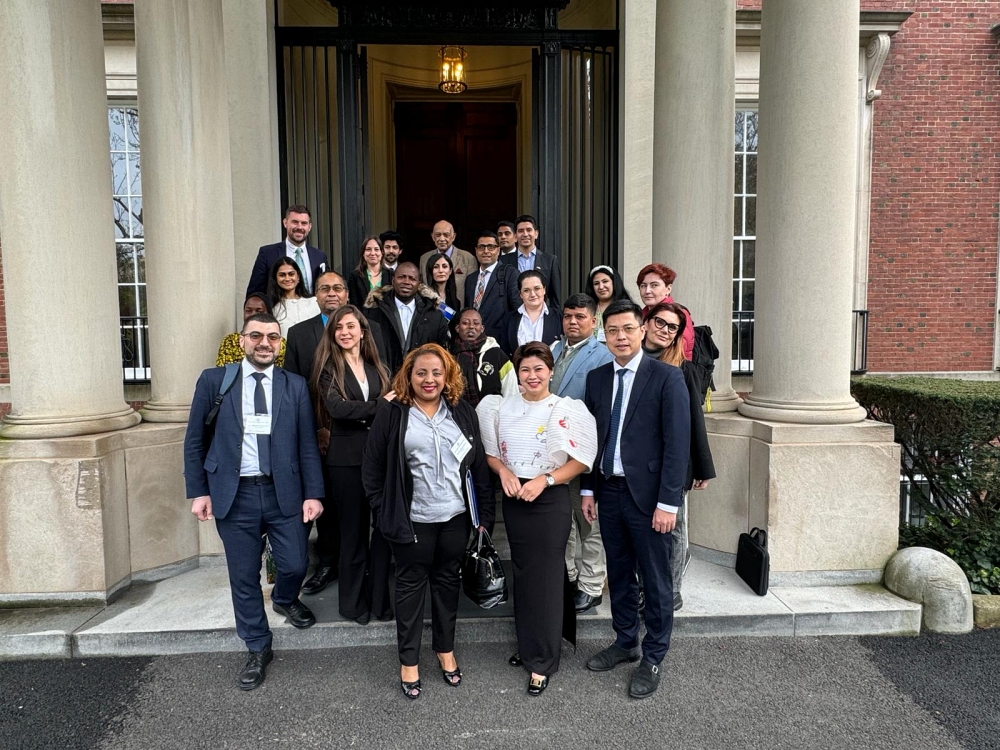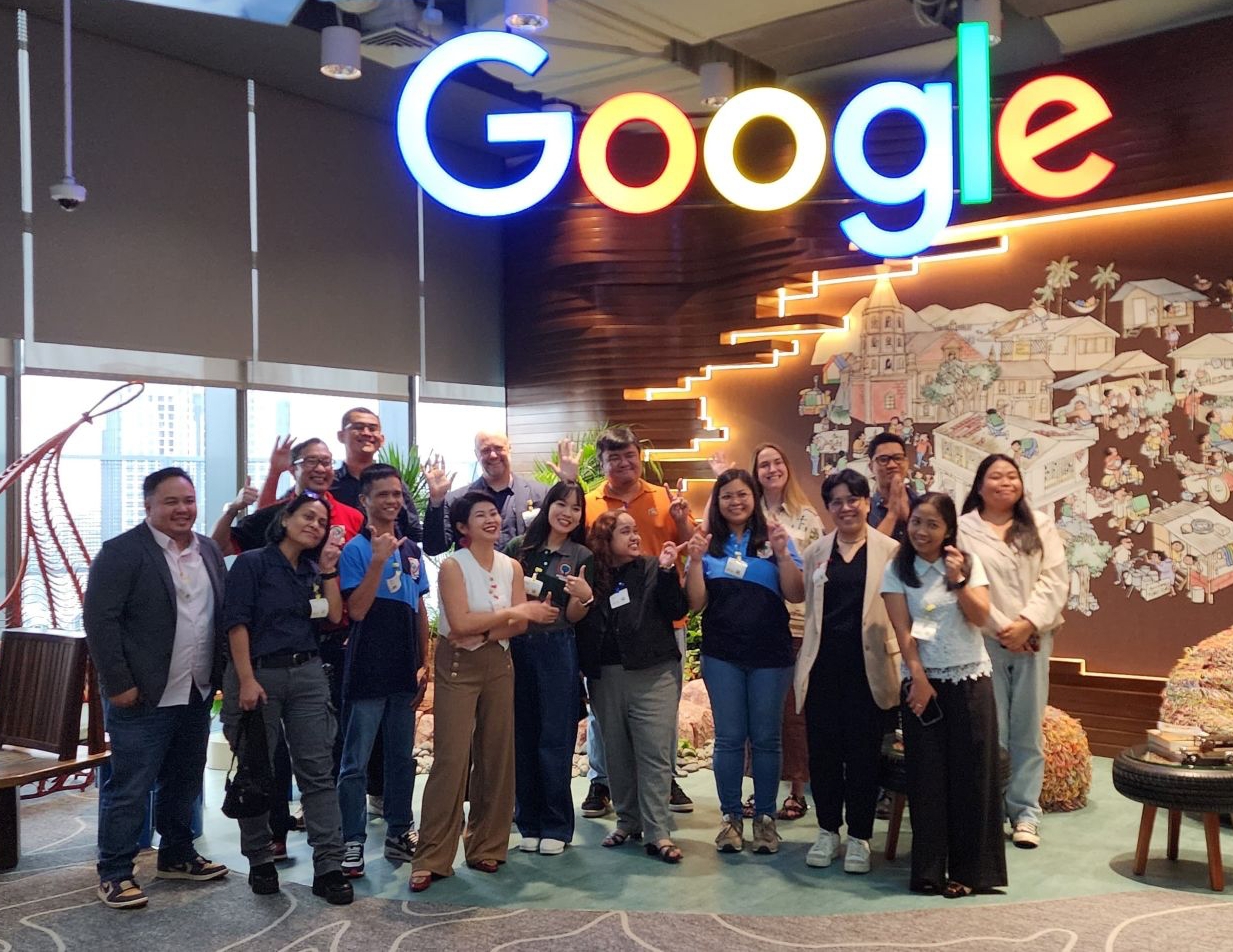Is this still journalism?
There’s a reason why influencers are winning the social media game. They talk to the audience like a friend. When they tell their stories, skits, or whatnots, they don’t care what other people think of them. Who cares, right?
Now they’ve got the coveted eyeballs.
As journalists operating in a hallowed tradition, it is understandable that we’re reluctant to adopt new ways of telling stories. These methods often defy our ingrained understanding of how news should be delivered.
Not-so-breaking news: Our audience’s attention has shifted. We felt this seismic tremor most acutely during the pandemic when everyone was grappling with heightened separation anxiety, uncertainty, and loneliness. Even journalists, myself included, flocked to social media to ease the fear of the unknown. The pandemic also hammered home how precious our connections are and how vital our mental health is. Doctors even recommended steering clear of negativity, which is found in most of our news stories.
Or what if it has always been this way? Take a look at how we consume newspapers. Some would skip the news stories and turn the page to what affects or interests them. If we wish to be entertained, we check the crossword puzzles, comic strips, and showbiz stories.
The Meltwater data published in 2025 showed that the top reason Filipinos surveyed are using social media is to connect with friends and loved ones, followed by filling spare time and finding content. The survey also showed that active Filipino social media users spend the most time on TikTok, averaging 40 hours and 39 minutes per month, followed by YouTube at 25 hours and 26 minutes, and Facebook at 23 hours and 34 minutes. Filipinos who are video consumers, based on their chosen platforms, watch music videos, comedy videos, memes, and influencer videos or vlogs.

Look around us. Observe how Filipinos spend their commuting hours or breaks: glued to their phones, watching vertical videos. Before we buy a product or visit a destination, we check if influencers or others have vouched for it.
It was during quarantine when I stumbled into the world of TikTok’s vertical infotainment. Short, punchy, and surprisingly informative. That’s when I started to see storytelling in a new light. I laughed at the comedic genius of Fonzi and Davao Conyo. I fell down a rabbit hole learning about history from Mighty Magulang, and I was both entertained and educated by Arshiethromycin and YourMillennialPsychologist. Lumpia Queen taught me easy home-cooked recipes, and I devoured content from fitness and skincare gurus.
Then it hit me: How can these influencers capture an audience’s attention, while we journalists struggle to do so?
At the same time, the press is also facing relentless attacks, such as the spread of “fake news” and discrediting our role as the fourth estate.
The real crisis here is not the audience’s shift to influencers. It is the declining trust in the media. Credibility is our currency. So, how do we reclaim our spot in that circle?
Imagine you’re back in the late 2020s. You see a journalist you recognize from TV and radio, usually discussing hard-hitting news. But on your phone, she is pointing at graphics and using music from a viral video. What’s your reaction?
That journalist was me. I was recording a video for my social media accounts to support a news story that would air on traditional media that night.
@jacquemanabat Real or fake? Baka hindi na pala totoo 'yang taong pinapanood mo. (This video is based on a real story. Sketches are generated through Imagen to protect the identities of the people in the story) #ThinkTwicePH #DeepFake ♬ original sound - Jacque Manabat
I was genuinely surprised when the video was shared thousands of times. Even more surprising was realizing my initial assumption — that people on social media avoid the news — was dead wrong. They do care, but how they get their information has drastically changed. The breakthrough was that there are so many ways to deliver our stories.
This is when I started to rethink what I thought I knew about journalism.
Consider this: over 60% of eligible voters in the Philippines belong to Generation Z or Generation Alpha. Many are deeply active on social media. They are already decision-makers and economic movers. We need to meet them where they are.
So I made the shift because it felt like the logical next step. But not everyone saw it that way. The pushback came fast. Some colleagues, even friends, raised eyebrows. “Is this still journalism?” they’d ask, half-joking, half-serious.
But we are asking the wrong questions.
Did that content reach its intended audience? Did it inform? Educate? Empower? Did it prompt engagement and further research? Based on the engagement I saw, the answers to all these questions were “yes.”

Don’t get me wrong. I have immense regard for long-form journalism. Social media is simply another extension of journalism, a way to reach a shifting audience. These platforms are just new mediums, much like the emergence of print, radio, television, the rise of websites, and the eventual birth of social media.
My pivot to vertical, infotainment-style news delivery was not about abandoning journalistic integrity. Instead, I packaged it in a way that resonated, like talking to the audience as a friend. Vertical videos, quick cuts, and engaging narratives allowed me to explain complex news in an entertaining way — a style I couldn’t always adopt on traditional TV. I realized that by taking the risk and embracing a new medium, I may have found more ways to tell stories.
@jacquemanabat Unpopular opinion: Hindi lahat ng may 1million o higit pang online followers ay ‘Influencer’ na karapat dapat i-follow.
♬ original sound - Jacque Manabat
This landscape shift is not limited to our local news landscape.
During my International Visitors Leadership Program fellowship in the United States, I witnessed firsthand how even the largest newsrooms are grappling with these same shifts, while smaller newsrooms are thriving with their pivot to new storytelling methods. Radio booths are now used for podcast sessions, and news studios are hosting mini-concerts. Staff are allowed to work from home because of digitalization.
Recently, at the International Journalism Festival in Perugia, Italy, I encountered an inspiring new face of journalism: innovators, independent creators, and startups unafraid to break barriers and defy conventional wisdom in their pursuit of telling stories.
What I saw was a powerful reminder: evolving is a form of surviving. Journalists and media organizations are more willing to share insights, strategies, and even failures, fostering a collective push towards innovation.

My greatest takeaway from the overseas conference is a redefined understanding of our craft. Journalism is a function, not a profession. As long as we adhere to our core functions with integrity, we are journalists.
Citizen journalists, independent content creators, fact-checkers, even some NGOs — they are all, in their own ways, performing elements of the journalistic function. This isn’t to say formal journalism is obsolete; quite the opposite. It highlights the enduring need for professional standards, ethics, and rigor, but within a much broader, more dynamic ecosystem. It challenges us to embrace collaboration and acknowledge that truth-telling can emerge from diverse corners, reinforcing the overall information landscape, especially in the Philippines, where information access can be fragmented.
Evolving is a form of surviving. Journalists and media organizations are more willing to share insights, strategies, and even failures, fostering a collective push towards innovation.
Now, we stand at another precipice: artificial intelligence. Conversations about AI in newsrooms often come with a side of anxiety: fear of losing jobs and of losing the distinctly human voice that gives journalism its soul. However, I see it differently. As I’ve said before, the future of journalism is AI-enhanced, not AI-driven. Stories need human connection, which is something AI cannot replicate.
I’ve been involved in workshops with Philippine newsrooms, guiding them on how to integrate AI tools into their workflow, and the potential is immense. Palawan News, for example, has empowered its one-woman team, led by Ced Castro. She now produces more video content than before, allowing them to reach new audiences. While creating videos with the assistance of artificial intelligence, she makes sure that the integrity of journalism remains intact.

The bottom line? AI should work for us, not the other way around. In the end, it’s not about replacement, but adaptation. Those who learn to use it well will be the ones who stay in the game.
The evolution of journalism is a continuous journey of adaptation. It is not dying; it is evolving. It’s about embracing change, even when it feels uncomfortable.
My personal journey from traditional broadcasting to independent digital content creation has been unexpected, challenging, yet incredibly fulfilling. The story of journalism is far from over, but it has a new face — a face that will surely change again soon.
Yes, this is the new face of journalism.


